
There was a period early in the pandemic when directors Neill Blomkamp and Ben Wheatley wondered if they might not have jobs anymore. At least not in film.
“You know, my new job might be riding around on a motorbike looking for gasoline,” says Wheatley, whose films include Kill List and High-Rise.
“Like Mad Max,” replies Blomkamp, whose work includes District 9, Elysium and his latest, Demonic.
Both Wheatley and Blomkamp responded to the possibility that the film industry might be snuffed out… by making films. Wheatley’s In the Earth, which he wrote and directed, takes place largely outdoors, a concession and response to COVID-19. The pandemic-set horror movie follows a scientist (Joel Fry) who ventures into the woods with a park ranger (Ellora Torchia) in search of a colleague.
Blomkamp’s Demonic, his first feature film since 2015’s Chappie, is about a woman (Carly Pope) who is able to communicate with her murderous mother (Nathalie Boltt) through extraordinary new technology. The film uses an optimal technology called volumetric capture that is similar to LIDAR (light detection and ranging) to illustrate the virtual, eerily realistic world where they meet. Blomkamp did it through Unity, a platform by Unity Technologies often used to develop video games, and Wheatley sees it as an extension to the “bullet-time” of The Matrix.
Ben Wheatley, who is British, and Blomkamp, who moved to Canada from his native South Africa, are thrilled by how technology can aid filmmaking — but afraid of how it may divide our world. Both are wary of the smooth-edged future promised in Apple ads. Their mix of excitement and apprehension is captured by the blend of sci-fi and horror in the films they shot during the pandemic, and comes out very quickly when they begin talking shop. The Zoom conversation that follows covers everything from the speculative fiction of Neal Stephenson to Archillect, an A.I. that seeks out visually stimulating content. At the moment of this writing, its Twitter account has just posted text about the 1988 animated cyberpunk film Akira — another subject that Wheatley and Blomkamp reference.
We began the talk by asking about actor Sharlto Copley, who has appeared in every Blomkamp feature except Demonic and was a star of Whealey’s 2016 shootout drama Free Fire.
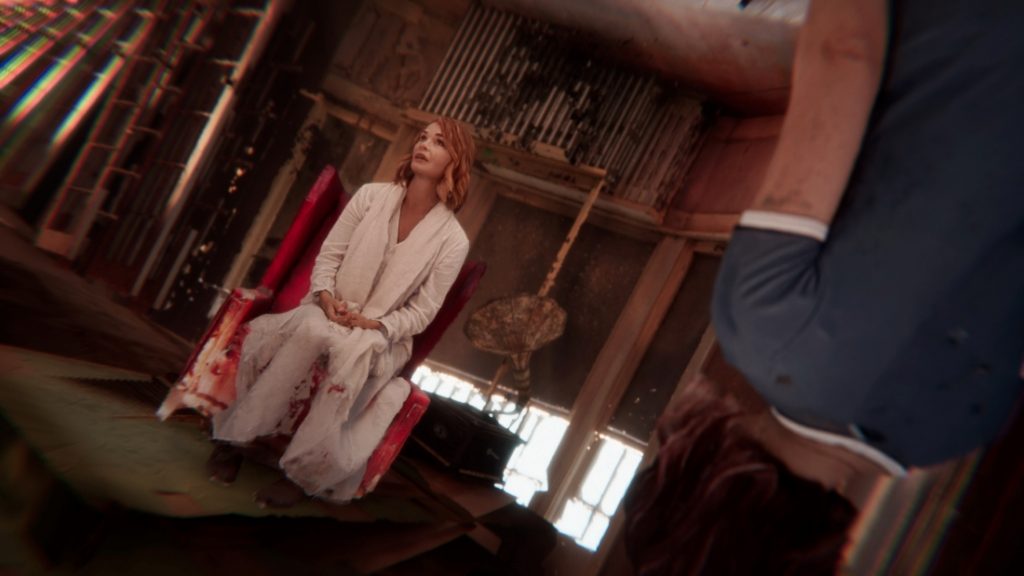
MovieMaker: I was hoping you both could start by saying how you know each other. Is it through Sharlto Copley? The internet?
Ben Wheatley: It was a happier time on the internet, where you could actually talk to people, where you could just reach out and go, “Hey, yeah, what’s going on?” And then they’d respond. Instead of the madness that it is now you know. I basically hide from it.
Neill Blomkamp: I’d actually seen some of your viral stuff before, like the guy jumping over the car. … and then my favorite thing ever, which is the guy trying to catch the axe in his mouth.
Wheatley: When District 9 came out, I was almost paralyzed with nerves going into it, because it felt like it had the ingredients of everything I wanted to see. And I was like, fine, if it’s no good, this is gonna be terrible. And it was just like, “Fucking amazing. There you go. That’s sci-fi reset.” It’s an odd one, because you look at effects stuff at the time, and then you look at effects stuff afterwards, and it’s still not as good. When the mech suit turned up in District 9, I thought, “They’re never gonna be able to pull this off.” And it’s totally seamless.
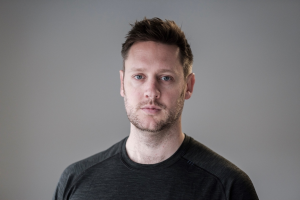
Blomkamp: You’ve spoken about almost making the camera a character in a scene. The way that I always thought of it was, “How do you go about trying to emulate pure reality? What is the closest thing you can get to reality?” Because my favorite form of science fiction or fantasy would be something that would fool me into believing it was real. And so that was the goal. It was always to take away this thing where you put expensive computer graphics on a pedestal, and light it perfectly — really what you’re doing when you do that is you’re just telling the audience that this is synthetic.
Wheatley: Exactly. And also, if you put any kind of impossible camerawork into it as well, that immediately tells the audience it isn’t real. The grounding of all those things is super important. When I look at Elysium, and look at the compositing in that and the extensions of the factories and stuff, there’s no question what that is. It feels like it’s totally real. And I remember looking at the “making of” stuff going, “Oh, man, hardly any of it’s real.” When you look at other stuff that’s from the same period, it still looks fake-ass. I was looking at something the other day, a big movie recently, just going, “None of this looks fucking real at all, even though they’ve spent billions on it to make it look right.” As soon as you allow the audience a second to have that gap between them and the reality, they’ll pick it apart completely.
Blomkamp: But then on the flip side, audiences seem to really love stuff that has that kind of spectacle in it. I mean, it’s really interesting. For my own personal taste, the more grounded and real it feels, the better.
Wheatley: It’s a thing about horror as well. I started to learn that terrifying people and horror films are two different things. A lot of horror stories, people want to see because they know what’s going to happen. Which seems to me to contradict the whole idea, which is the surprise and the mystery. There are almost two streams of the horror genre happening at the same time, one in which you don’t know where you’re going, and one where you completely know where you’re going. And you get cross when you don’t go there.
Blomkamp: You get irritated when, like, the third act doesn’t play out the way that you expect.
Wheatley: I went back and watched a lot of movies I didn’t like that much from 10 years ago. And I found I really liked them. And I was like, “Oh, what’s that all about? It’s bizarre. Have I changed that much?” But I think it was the tyranny of narrative when I watched it. You have that conversation with the screen as you watch something, and if it doesn’t go the way you want it, you get cross. But when you know what the story is, that whole pressure goes away, and you can enjoy it for exactly what it is.
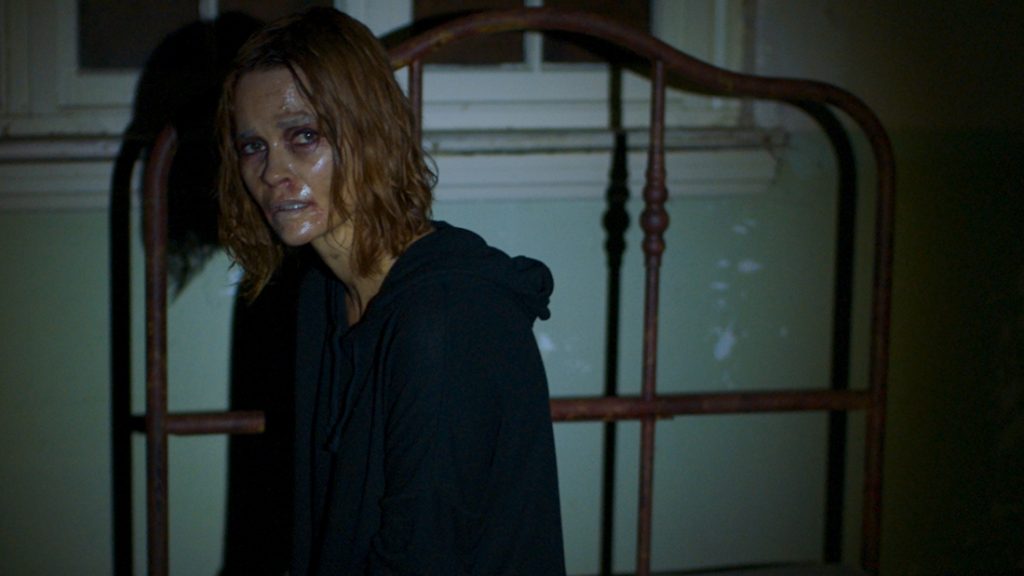
Neill Blomkamp: The constraints of our traditional narrative are evident everywhere you look. I think studios are just really nervous to finance anything that doesn’t sort of fit into that three-act, reasonably traditional framework. And then the audience is so weaned on it now as well. But if you do deviate from it, it irritates them. And then as time goes on you probably soften and warm up to it.
Ben Wheatley: But it’s all sorts of stuff going on at the same time, isn’t it? Because at the same time that they’re saying that people’s attention spans are getting shorter, they’re also watching longer and longer forms of entertainment. The kind of sci-fi that you’re doing, it seems to connect to the original Akira, and there’s strands of Cronenberg — both David and Brandon — and then Shane Carruth, and then weirdly kind of Half-Life, the game. And then this thing I found on Twitter called Archillect.
Blomkamp: Yeah, that’s a really interesting Twitter account.
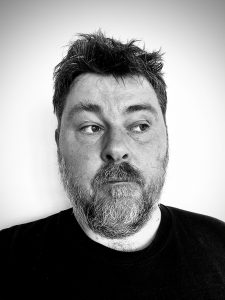
Wheatley: There’s an aesthetic there, a grouping. And also I guess I would put into that kind of pattern recognition William Gibson, and Snow Crash by Neal Stephenson. It seems like there’s a strand of work that everyone’s doing that is aside from the mainstream’s idea of what the future looks like, which is a kind of a weird spangly ample future. And then there’s this kind of Philip K. Dick, cobbled-together-technology future.
Blomkamp: I definitely feel a lot more aligned with someone like Philip K. Dick than I do with any kind of Apple-related future. Akira is a really interesting reference. I saw it when I was relatively old, when I’d moved to Canada from South Africa. And it was one of the first ones I saw when I got here, which would have been like 1998. So it didn’t have an influence on me when I was younger, but it definitely is extremely interesting. And I’ve always sort of referenced it since then. But I think Cronenberg, in terms of body horror, and the idea of this idea of transformation, or this Kafkaesque kind of metamorphosis, is something that I definitely feel like I share with him. I actually haven’t read any Neal Stephenson, interestingly. I just read Blindsight by Peter Watts. I totally loved that novel.
Wheatley: Snow Crash is really interesting to me. I read it when it came out in the late ’90s, and why I mention it is because it’s proper predictive science fiction. Everything I read in Snow Crash came true. … The Diamond Age, which is the second book he wrote after Snow Crash, is more terrifying, because it’s all nanotechnology and stuff. And if that all comes true, then we’re truly fucked.
Blomkamp: Generally, if you go away from the Apple version — and I don’t know whether I’m naturally pessimistic or not — but I think that the human species is on a really dangerous path. And it’s not really like something that we have control over. I mean, it’s just, you know, some force, net, you know, cycle of, of survival of the fittest. But I don’t see a lot of good outcomes for the way that we’re going. And I think a lot of sci-fi authors are just similar in the way that they look at that. So as emerging technology comes up, it’s like a layer of complexity that just keeps getting added. And the complexity just keeps increasing. It makes it harder to predict. But you also know that pretty much any version is going to be quite an intense outcome, no matter how you cut it.
Wheatley: I feel it a lot more thanks to COVID and the lockdown. I think that the dislocation was so massive, and also because we went into COVID with this whole thing of a project to break the idea of truth, once we were kind of shucked off the side of the cliff of reality and were adrift — and add to that a year of sitting indoors — everything seems very strange. It’s almost like a complete reset for everything. And I started looking at the kind of patterns that people were making, in terms of politics. It seemed much more abstract than it did before. Before there seemed to be meaning to it, but now it just seems like humans are more like a shape than they are distinct groups of individuals.
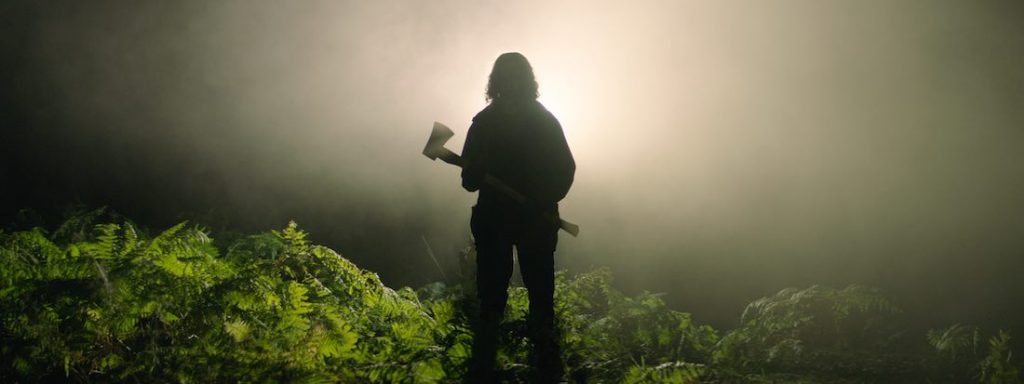
Neill Blomkamp: In the Earth was clearly a reaction to the pandemic.
Ben Wheatley: I started writing it within the first week of the lockdown. I don’t know how you felt, but I felt like I might have retired — or been forced into retirement — within that first couple of days. I sort of thought, there’s no job for me anymore. … I was gonna get a mohawk and then get my crossbow out. It felt like it was the end of my job.
Blomkamp: I don’t disagree with that. I definitely felt, when things were at a fever pitch, it wasn’t really clear exactly what path the film industry or entertainment at large would take. I think Demonic was slightly a symptom of that in the sense that I just wanted to shoot something that I knew I was able to do, because it was mostly self-financed. … And then AGC Studios came on board and kind of doubled our self-financed budget. So we had a bit more cash. But the computer-graphic simulation stuff was always there. We just moved into being able to shoot it more narratively in a traditional sense. It was less found footage as an approach. Yeah. But it still is one-thirtieth or one-fifteenth the size of the other films I’ve done.
Wheatley: The computer graphics stuff looked like LIDAR stuff?
Blomkamp: It’s volumetric capture. I haven’t actually seen that in another film yet, which is kind of cool. … It was created in Unity, actually. The system of capture was highly unique. Instead of motion capture, where you’re assigning the motion or facial capture that we gather from an actor onto a 3-D avatar, this process was really turning the video files from multiple cameras into geometry. Which is like LIDAR, like you said. It’s 24 frames per second of individual bespoke pieces of geometry, with textures on them.
Also read: James Gunn Doesn’t Need to Shout
Ben Wheatley: It’s the next step from bullet time, basically.
Blomkamp: It’s like motion bullet time.
Wheatley: What was super smart is that it’s a kind of a unique, blobby look that you get from that scan, but to make it as part of the story, then suddenly you can use it without a lot of cleanup and sorting out.
Blomkamp: I don’t think that volumetric capture is at the point that you could use it unless narratively it was justified — in a way that it felt like some sort of low-resolution world that you were going into. So there almost is no other way to use it. I think you’ll see it everywhere in films 10 years from now, but that will be at the point that individual hair strands are visible.
Demonic, written and directed by Neill Blomkamp, opens in theaters and on VOD on Friday.
In the Earth, written and directed by Ben Wheatley, was released in April by NEON.
